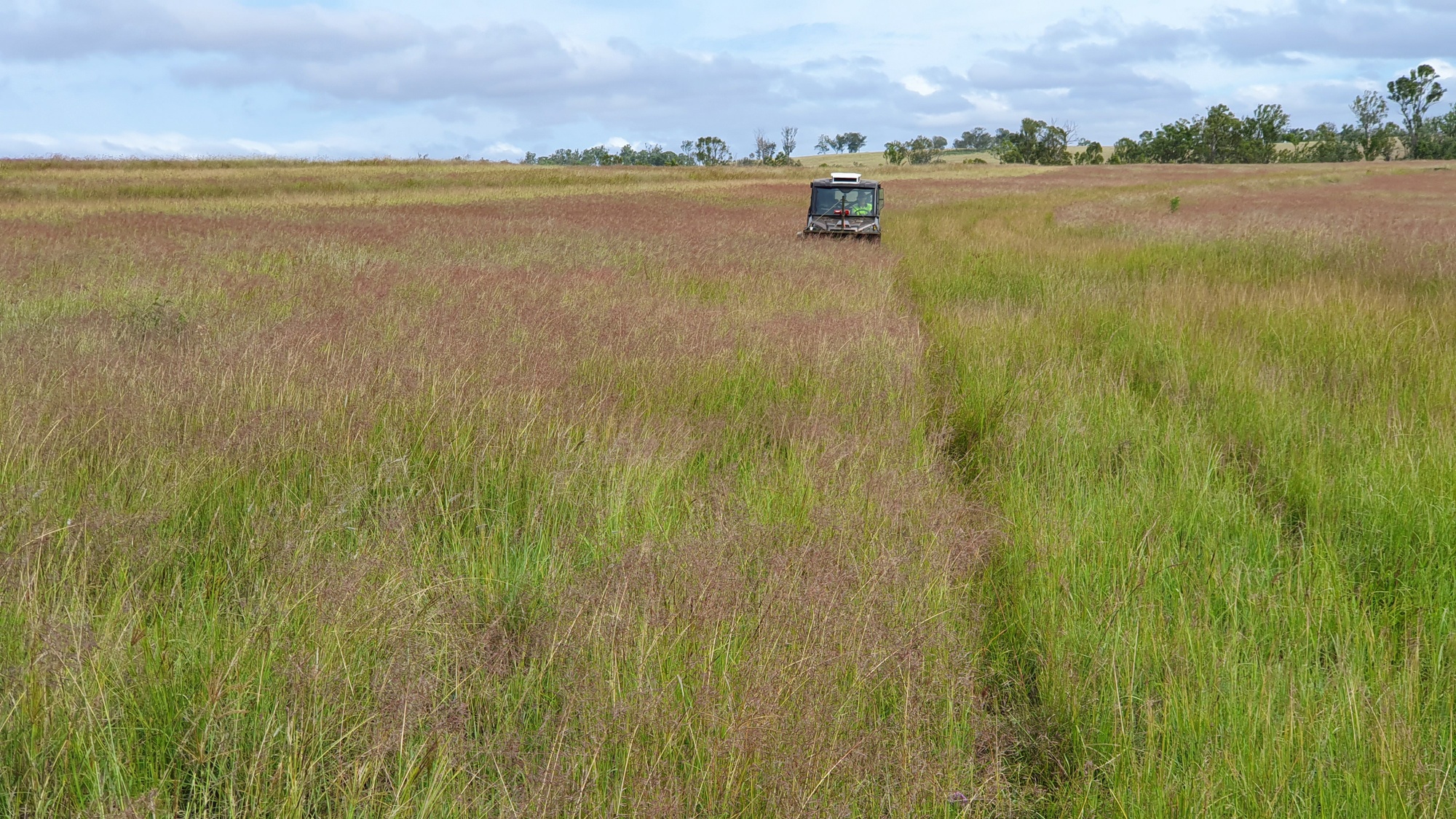Plant Profiles
Plant Categories
Subshrub
Trailing herb
Annual
Annual or Short-Lived Perrenial
Prostrate Shrub
Graminoid
Vine
Forb
Nitrogen Fixer
Grass
Tree
Shrub
Sedge
Wattle
Show All
14Genera
Acacia
Allocasuarina
Alphitonia
Alstonia
Angophora
Archidendropsis
Aristida
Arundinella
Astrebla
Atalaya
Atriplex
Austrosteenisia
Austrostipa
Banksia
Baumea
Bolboschoenus
Boronia
Bothriochloa
Brachychiton
Breynia
Callitris
Calotis
Capillipedium
Carissa
Cassia
Cassine
Cassinia
Casuarina
Chloris
Chrysocephalum
Chrysopogon
Clerodendrum
Corymbia
Crotalaria
Cymbopogon
Daviesia
Denhamia
Derris
Dichanthium
Dodonaea
Einadia
Enchylaena
Enteropogon
Eragrostis
Eremophila
Eriochloa
Erythrina
Erythroxylum
Eucalyptus
Eustrephus
Fimbristylis
Flindersia
Gahnia
Geijera
Grewia
Hardenbergia
Heteropogon
Hovea
Imperata
Indigofera
Jacksonia
Jasminum
Juncus
Kennedia
Lepidosperma
Lomandra
Lophostemon
Ludwigia
Lysiphyllum
Maireana
Melaleuca
Melia
Myoporum
Notelaea
Owenia
Pandorea
Panicum
Parsonsia
Paspalidium
Petalostigma
Petalostylis
Pittosporum
Podolobium
Pomax
Psydrax
Pterocaulon
Ptilotus
Pultenaea
Rhagodia
Rhodosphaera
Rhynchosia
Sarga
Schoenoplectiella
Schoenoplectus
Senna
Sida
Solanum
Sporobolus
Swainsona
Syncarpia
Themeda
Trema
Vachellia
Ventilago
Vittadinia
Show All
105Panicum decompositum
| Categories | Grass |
| Common Name(s) | Native Millet |
| Family | Poaceae |
Description
"Perennial, densely tufted, mostly up to 90 cm tall, sometimes taller, usually pale glaucous-green; culms mostly simple, nodes glabrous to densely hairy." (Stanley,T.D, and Ross, E.M. (1989))
Notes
Many enquiries arise for the seed of Panicum decompositum however its availability is limited and, in most cases, the taller Panicum queenslandicum is offered as a substitute with superior qualities for mine site rehabilitation. Where we directly observe it, P. decompositum tends to colonise on the heaviest soils, clay loams or alluviums, where there is persistent moisture. A nearby example consists of some of the deepest, heavy, black, self-mulching soils in Australia on a stock route where grazing is limited. Here, in the bottom of a long ditch which can be seasonally water-logged for many kilometres, grows P. decompositum as the dominant grass. Adjacent to this on higher, drier ground are sizeable areas where P. queenslandicum is dominant or sometimes codominant with Dichanthium sericeum. Another site that comes to mind are cleared gilgaied planes where brigalow previously grew. A strong inference could be made that P. decompositum will have difficulty on typically saline-sodic mine spoils where low rainfall and significant slopes further limit water availability to very low levels. In contrast, P. queenslandicum has proven to germinate, grow and produce seed in such dry conditions near Emerald in Queensland. The salinity of these spoils at the root zone is shown to decline over decadal periods of time and the hope is that such introductions will persist and improve over time.
Panicum decompositum is also recorded in sands including those in desert regions however high water availability remains an accompanying feature.
Panicum decompositum is quite leafy and its palatability to stock is recorded. "Produces a good bulk of highly palatable feed after heavy summer rains or flooding." (Department of Primary Industries, NSW). More information in regard to the characteristics of P. decompositum as stock feed are available at the link below.
Historical Notes
Distribution
Widespread over most of the Australian continent. Absent on the Nullarbor Plain and southern most WA.
References and Related Links
Stanley,T.D, and Ross, E.M. (1989). Flora of South Eastern Queensland, Volume 3.
https://www.dpi.nsw.gov.au/agriculture/pastures-and-rangelands/species-varieties/native-millet
